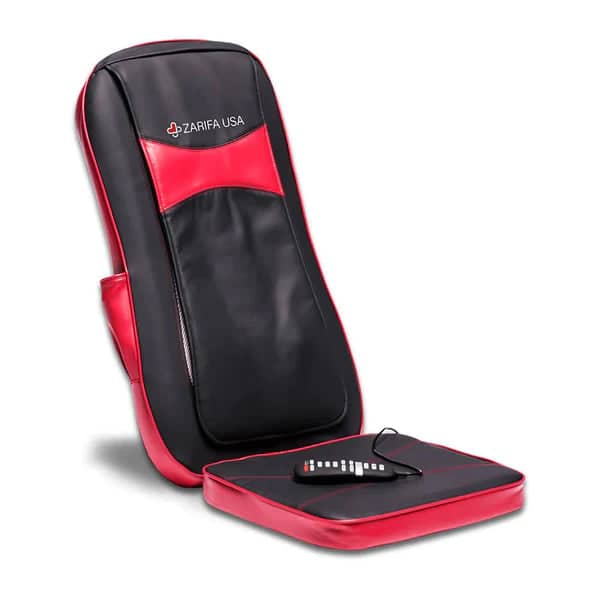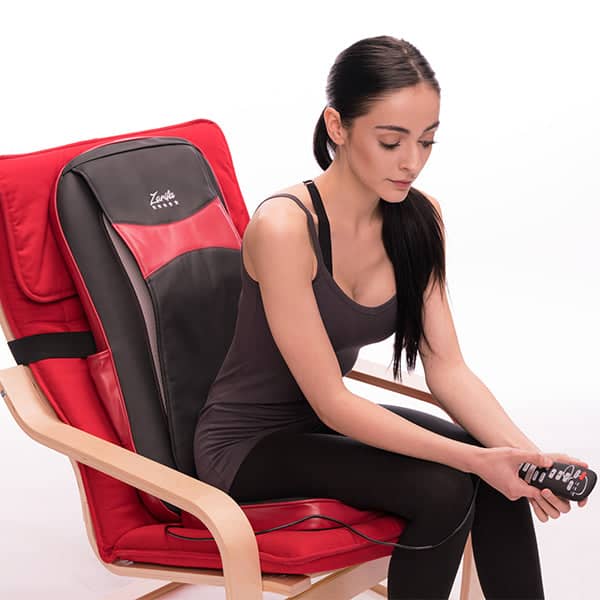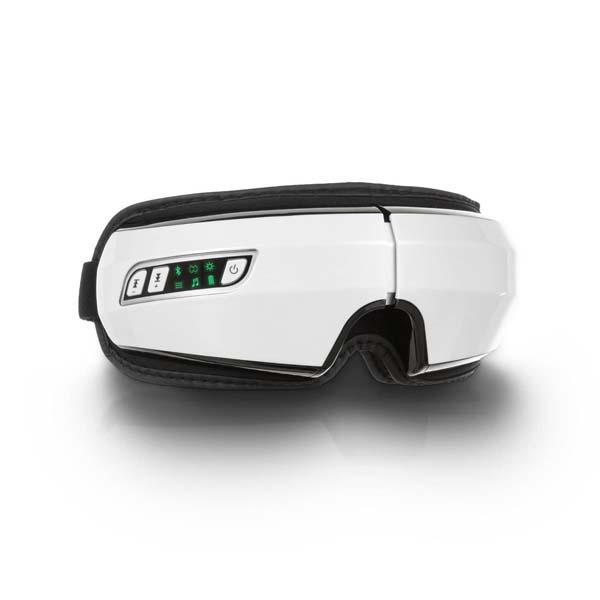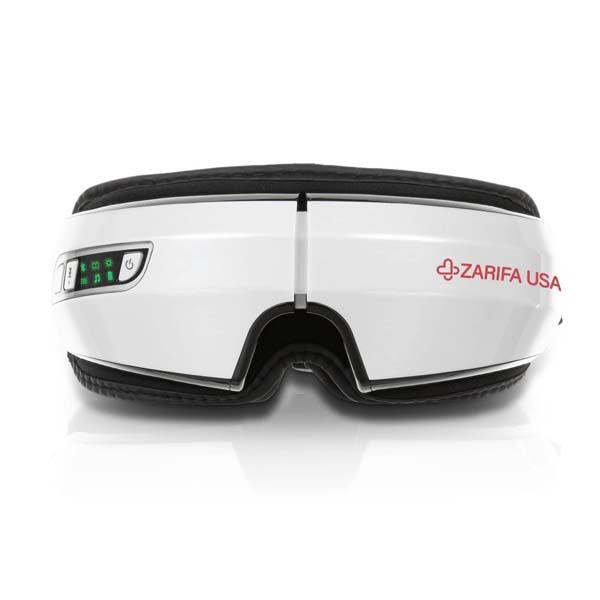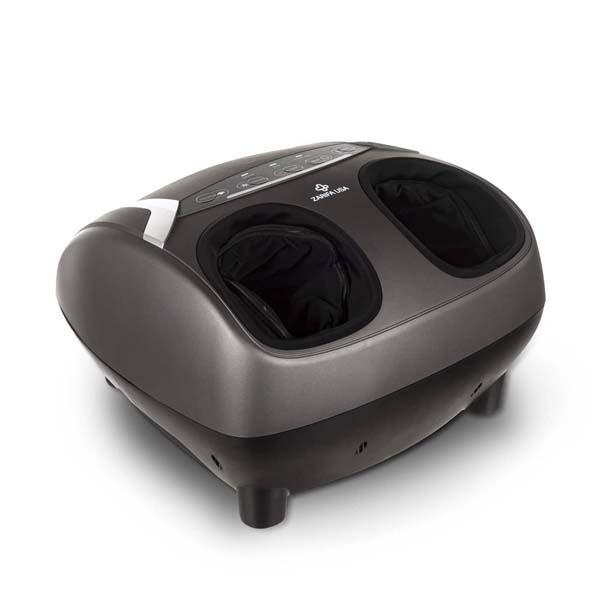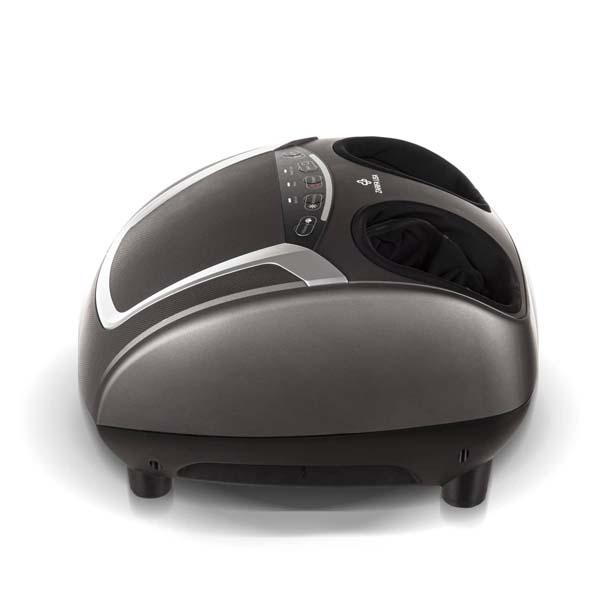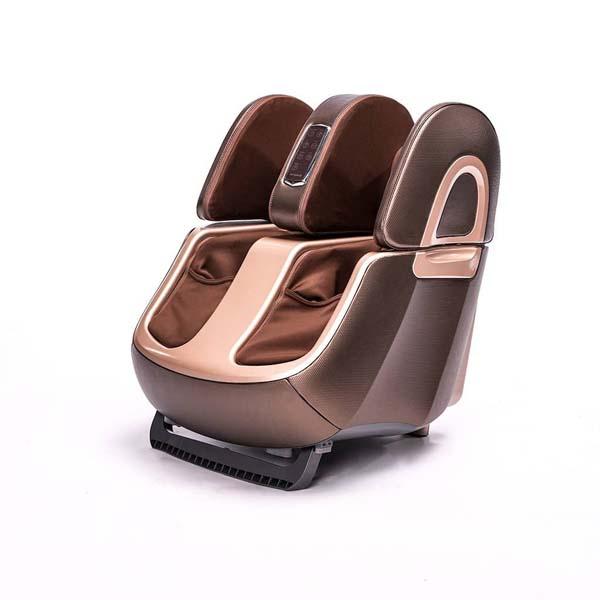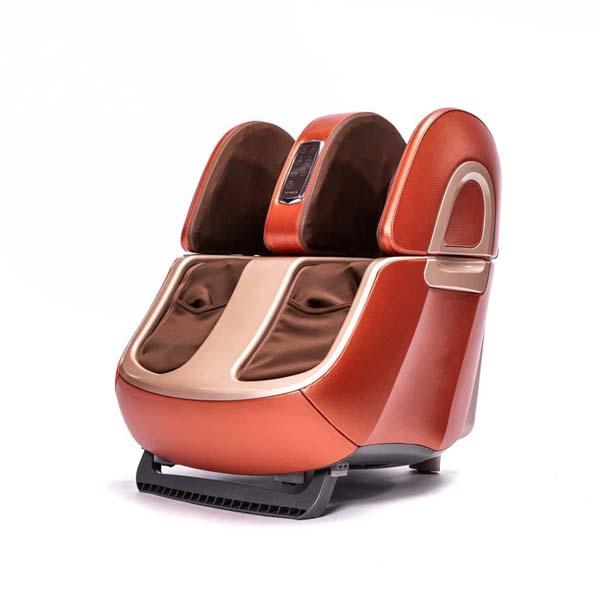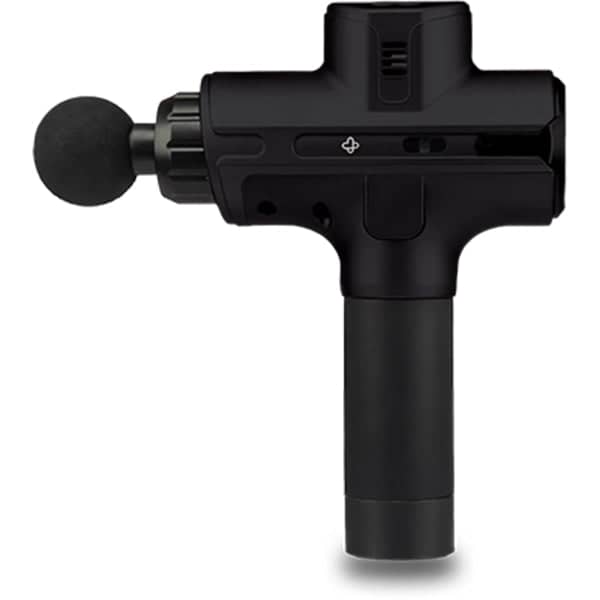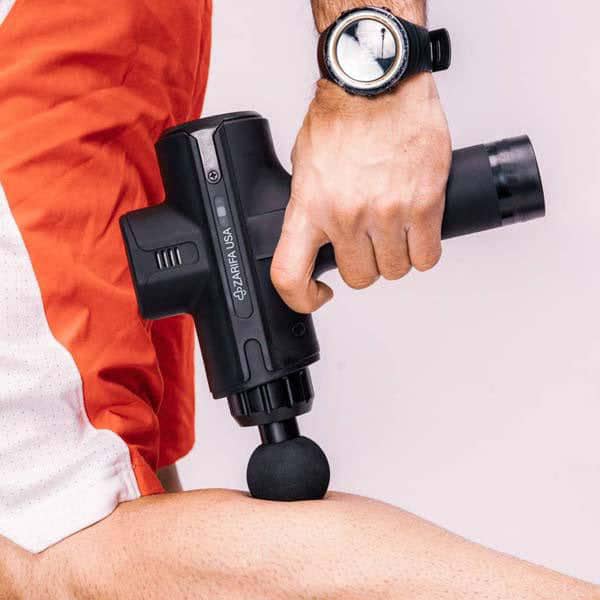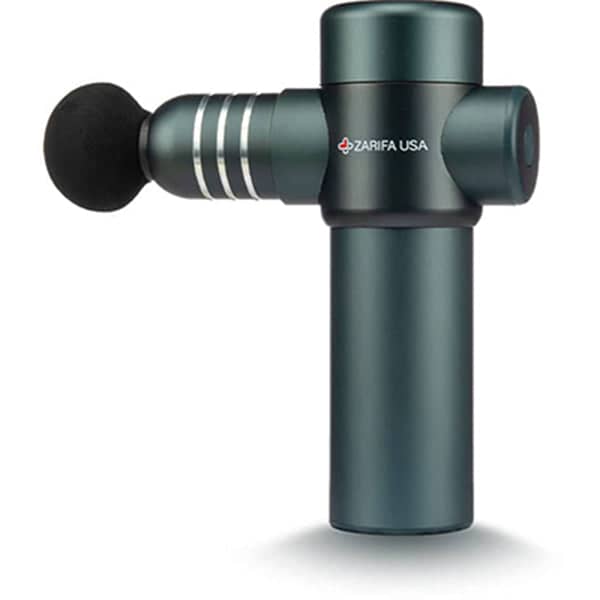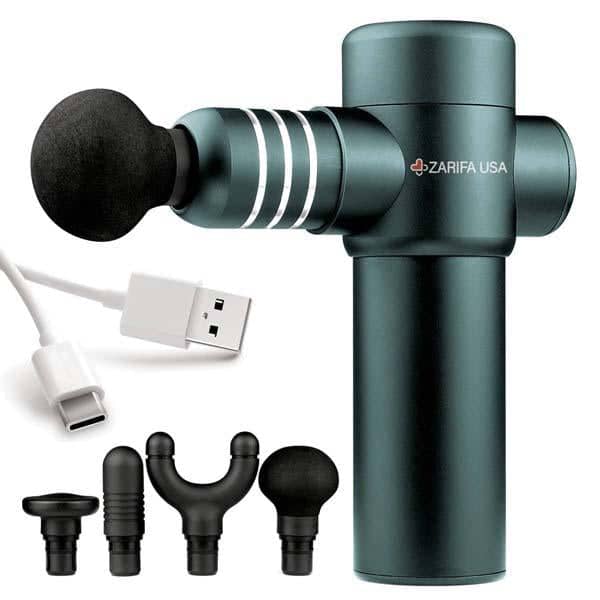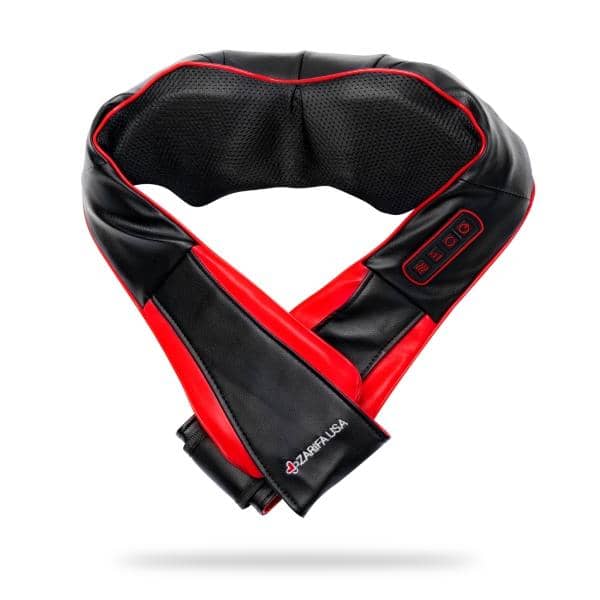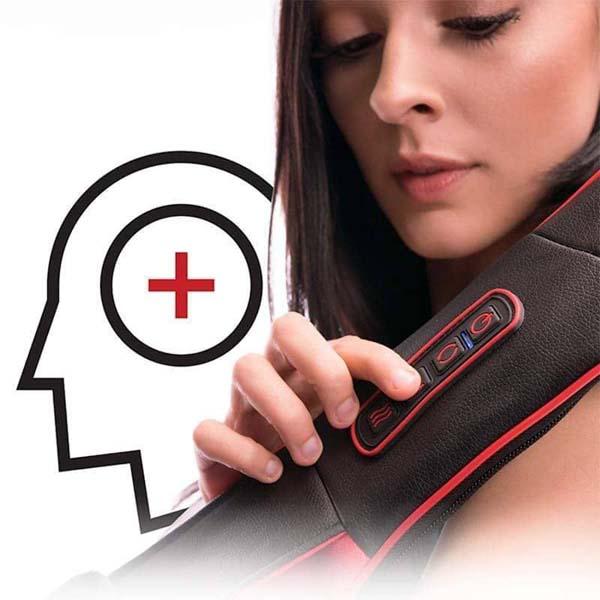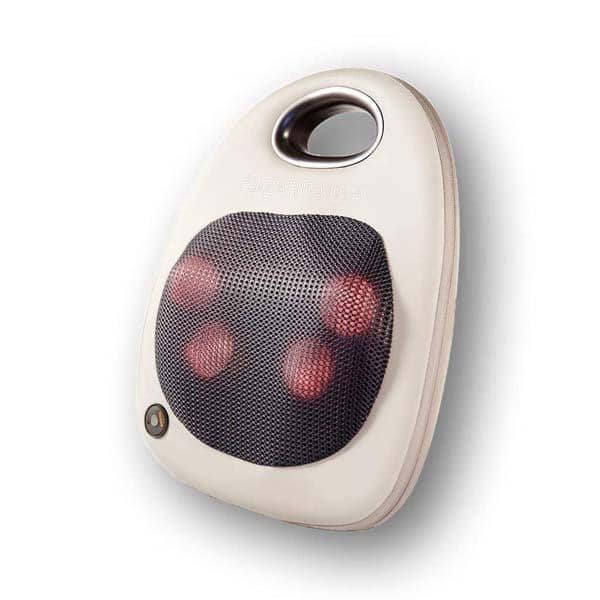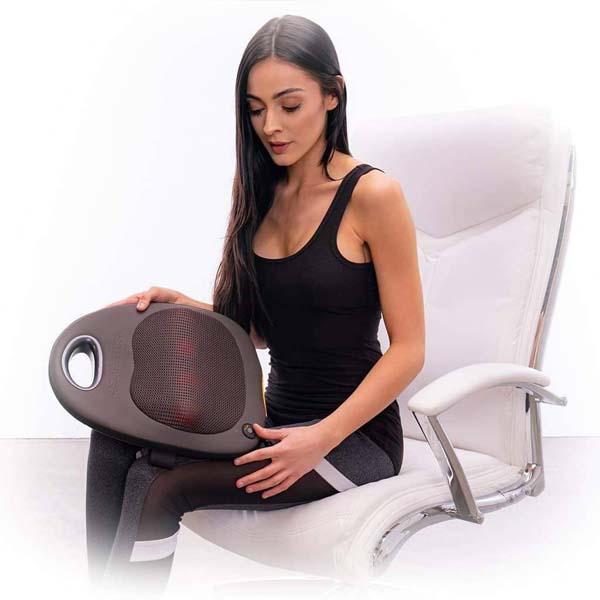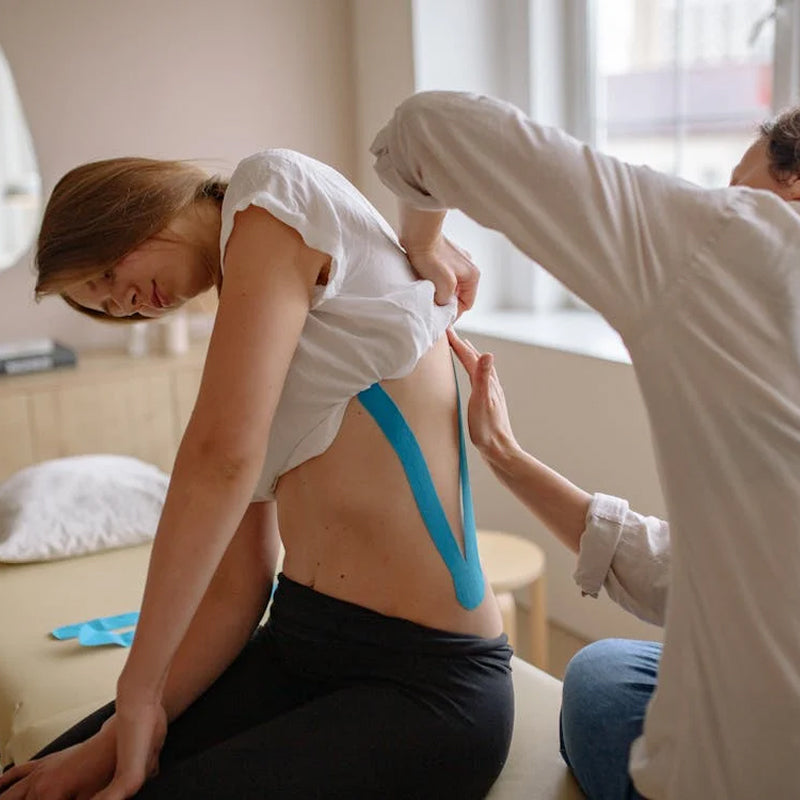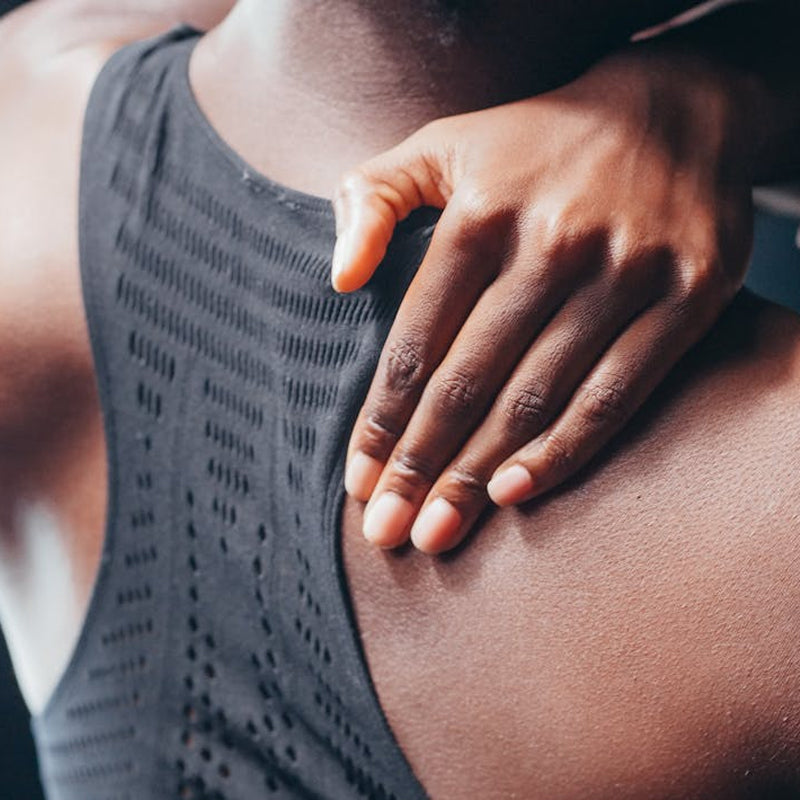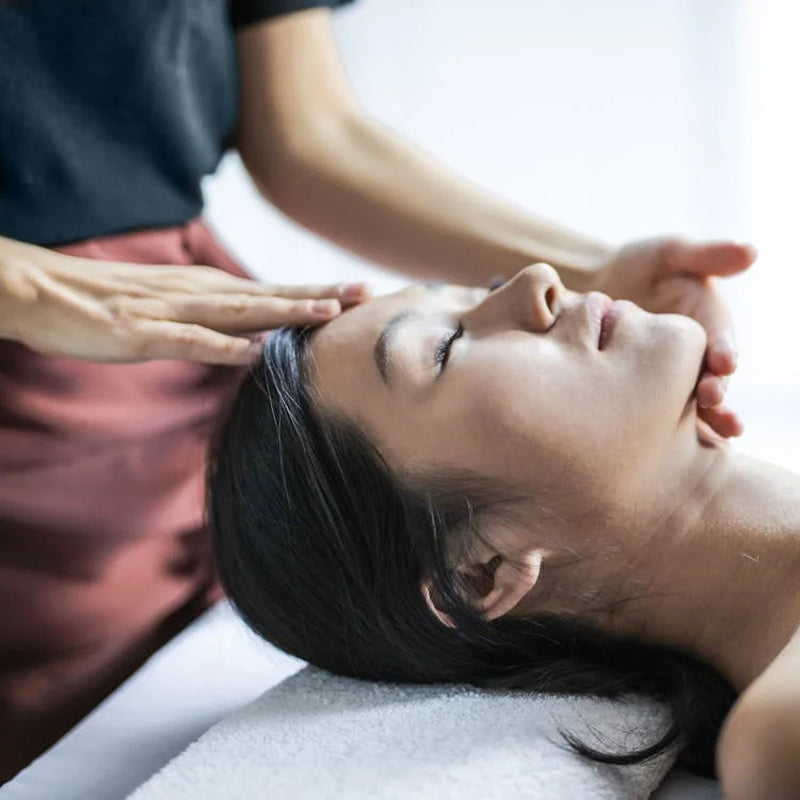People tend to think of massages as a luxury. But for people living with arthritis or related musculoskeletal pain, the right type of massage isn’t simply a way to pamper yourself, it can help you manage your condition. Massages help reduce pain and inflammation by releasing the muscles around the joints and helping to increase blood flow to them.
Massage therapy can help with inflammatory types of arthritis as well. Massage Today published a case study that found that regular massage helped alleviate pain and swelling from rheumatoid arthritis and also helped improved joint function, sleep quality, and daytime energy levels.
For people with arthritis and other chronic illnesses, massage should be considered a part of an overall treatment plan, and not a special indulgence.
When choosing a type of massage for arthritis, moderate pressure is critical. This type of pressure stimulates receptors under the skin that transmit signals to the brain that alleviate pain and stress-reducing neurochemicals like serotonin. Any type of full-body massage therapy that involves moderate pressure, including self-massage or the use of massage chairs, can help relieve arthritis pain and ease tension.
Main Types of Massage
Before getting any type of massage, check with your doctor to make sure massage is safe for your arthritis and any other health conditions you may have. Make sure to tell your massage therapist that you have arthritis, and point out particular joints that are affected, prior to your session. If you are not comfortable with frequent, in-person massage therapy sessions, a full body massage chair can be idea. These chairs feature some or all of the types of massages listed below, and you can control the strength and pressure with the touch of a remote. Massage chairs also allow you to enjoy your treatment in the privacy of your home, any time of day or night.
Self-Massage. When your time or budget does not allow for a professional massage, sometimes you have to literally take matters into your own hands. Self-massage is a great way to target painful areas and get immediate relief, when and where you need it most. Self-massage is rubbing your own sore joints, pressure points or muscles using your hands, knuckles, elbows or massage tools. Massage tools may mechanical to offer heat or vibration (like a massage chair or trigger point massage gun), or you can create your own aids with household items like tennis balls or a rolling pin.
Massaging hard-to-reach areas like your back can be a challenge, but self-massage works well for sore feet, knees, calves, hands, neck or arms. Practicing self-massage on a regular basis can improve your overall comfort and increase the range of motion in arthritic joints. Being with large, vigorous strokes to help warm up and prepare the muscles, then smaller, precise strokes to target specific areas. Using oil or lotion on the skin makes sliding or gliding strokes easier to perform and applying heat before a self-massage helps the muscles relax and feel better as you work them. Even if you are getting regular professional massage therapy, self-massage between sessions helps extend your massage's benefits.
Swedish Massage. Swedish massage is the most prevalent type of massage, and what most people think of when they hear the term “massage.” Swedish massage involves long, fluid stroking of muscles and tissues, and is used to treat and reduce soreness and stiffness in muscles and joints, reduce anxiety and to improve circulation. Therapists can adjust pressure according to your sensitivity and typically use oil or lotion.
Deep Tissue Massage. Deep tissue massage is centered on the manipulation of both the top and deeper layers of muscles and tissues, typically requiring intense, focused pressure by the therapist. Deep tissue massage is intended to treat severe tension or pain in the muscles and connective tissues. Deep tissue massage can cause lasting soreness, so it might be inappropriate for those suffering from arthritis.
Hot Stone Massage. Available in many day spas, hot stone massage entails placing smooth, heated stones on your back as you lie on your stomach. The hot stones send out soothing heat to the muscles and tissues, releasing tension and promoting relaxation. Other forms of this massage use cold stones, which can help sore muscles from workout-related injuries or swelling. Some therapists use both hot and cold stones for contrast or for different healing purposes.
Myofascial Release. Myofascial release seeks to relieve pain by manipulating the fascia, connective tissues that surround muscles, blood vessels and nerves. During myofascial release, a therapist stretches and releases those connective tissues by gently rolling the skin back and forth on the back, legs, and other body areas. Usually, no oils, lotions or massage tools are used.
Rolfing. Rolfing is similar to myofascial release and is a component of the healing philosophy called structural integration. Rolfing involves moving the body into specific positions and manipulating fascia tissues. Rolfing seeks to promote pain relief and relaxation and restore posture and range of motion.
Shiatsu. Shiatsu is a Japanese massage technique commonly in the United States. Shiatsu therapists apply pressure to specific locations on the body using the fingers and palms in continuous, rhythmic motions. Like other Asian massage and healing philosophies, shiatsu is believed to restore qi's flow, or healthy energy, in the body. No oils are used and often you remain totally clothed during shiatsu.
Trigger Point Massage. Trigger point massage is specifically designed to relieve pain in specific areas of the body by applying pressure or vibration into myofascial trigger points. Trigger point therapy that includes injections into the trigger points must be performed only in a clinical setting, like a doctor’s office, or physical therapy or chiropractic office. Trigger points are points in the muscles where knots can form, and the pinpointed pressure is intended to relax those knots and ease pain.


